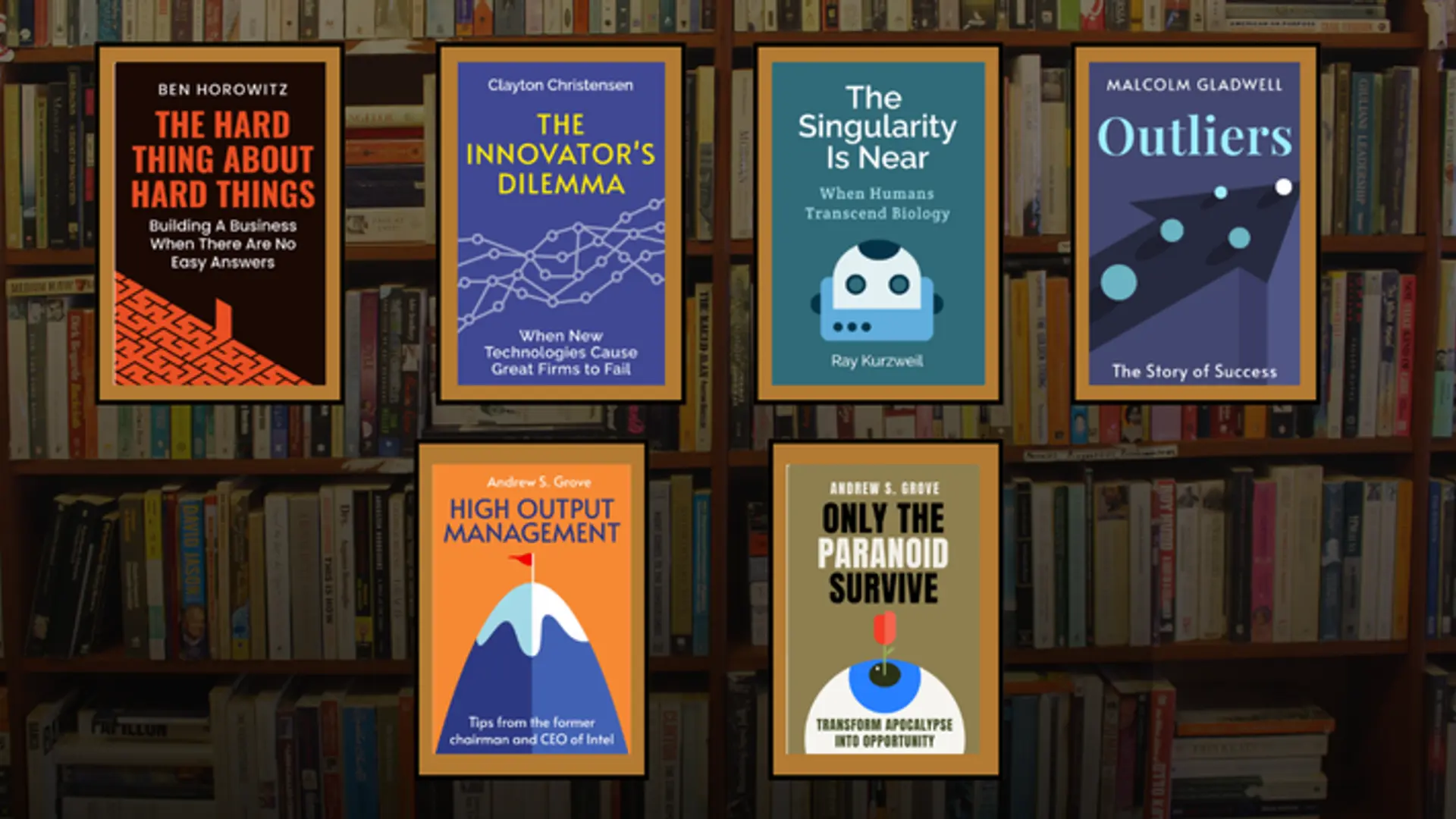Gamification in education: engaging students through play
Gamification makes education dynamic and beneficial for learners and helps them achieve their academic aspirations.
It is trickier than ever to keep learners engaged in the classroom and capture their attention. Modern technologies offer instant pleasure and interactive experiences that can render traditional instructional techniques. But gamification has proven to be useful for teachers in closing this gap.
Gamification is a method of adding game factors in education to make it dynamic, beneficial, and engaging.
What is gamification?
Gamification is the application of game design concepts to education. These components consist of leaderboards, factors, badges, prizes, and challenges. The goal is to use gaming motivation to help students achieve their academic aspirations.
According to research, gamification in education increases student engagement by 50%, improves learning through exciting and interactive approaches, and transforms familiar classrooms into colourful, immersive environments.
Factors that influence gamification
Gamification provides quick notes, sets clear goals, and promotes a sense of progress—all of which are powerful motivators. Student learning can appear motivating and fun when these factors are integrated into the schoolroom.
Quick reply
Players can estimate their chances of winning or losing and adjust their techniques accordingly. Quick answers allow them to improve their techniques. Similarly, providing timely feedback can offer college students valuable insight into their mistakes and help them improve.
Well-defined goals and progress
Games give players specific goals to track their advancement. Gamification can also make the eventual objective seem less daunting by assisting students in viewing their learning route as a sequence of attainable benchmarks.
Awards and recognition
Children understand the purpose of games when they play games that offer rewards for reaching milestones. Reward systems in the classroom, such as badges or certificates, might encourage students to stay diligent and make unreasonable demands, which will push them.
Benefits of Gamification
Increased engagement
The potential of gamification is to increase children's engagement. Engaged learners are more likely to participate fully, pay attention, and memorise quickly. Gamification makes learning engaging and encourages students to immerse themselves in the matter.
Optimised encouragement
Learning through play can make students more motivated both internally and externally. It is only natural for students to select a subject that is challenging and fulfilling to learn. The financial advantages and recognition they get provide them with an additional source of inspiration to keep going.
Gamification for personalised learning
This concept makes customised educational opportunities possible. Students are allowed to advance at their own speed by taking tasks that are appropriate for their level of experience. Any learner, regardless of the skill level, may profit from and succeed with this strategy.
Cooperation and interpersonal relations
Social elements such as leaderboards and institutional responsibilities are common in gamified environments. Their experience of belonging and connection is enhanced through these factors that promote positive conflict and cooperation.
Challenges in gamification
Gamification also has disadvantages. Careful planning, years of practice, and perspective are important to properly implement gamification. For gamification to take priority over academic reputation, educators need to make sure it's in line with goals. Rewarding children in vain is a danger because it could eventually undermine their primary motivation.
Ultimately, gamification has the potential to profoundly modify the learning environment by increasing verbal communication, enjoyment, and engagement of learners. Teachers can also interact with students, develop their hobbies and create customised study reports by using game motivation.
While gamification is arguably difficult to apply effectively, the benefits outweigh the drawbacks. As the generation progresses, gamification is likely to have a greater impact on learning.
The author is Founder & CEO of Makoons Group of Schools.
Edited by Swetha Kannan







